
Understanding the structure of fish both inside and out is hugely important when it comes to addressing routine management practices and the challenges of daily operations.
The first point of contact with these challenges is the skin, gills and digestive tract (or gut) of the fish. The success of any aquaculture business depends largely on the animal's health status and its ability to efficiently convert its feed into body mass. The health and structural integrity of the skin, gills and guts plays a vital role in this process as well as ensuring defense against disease.
Written by aquaculture specialists John Sweetman and Gijs Rutjes, 'Inside Out: The Essential Guide to the Skin, Gills and Guts of Fish', is an educational tool for fish farmers, feed millers, and anyone interested in aquaculture. Designed to offer a user-friendly insight into how these tissues work, so you can make informed decisions to reach optimal performance from your fish. Being passionately curious is an essential element of good management, resulting in improved efficiency and profitability on farm.
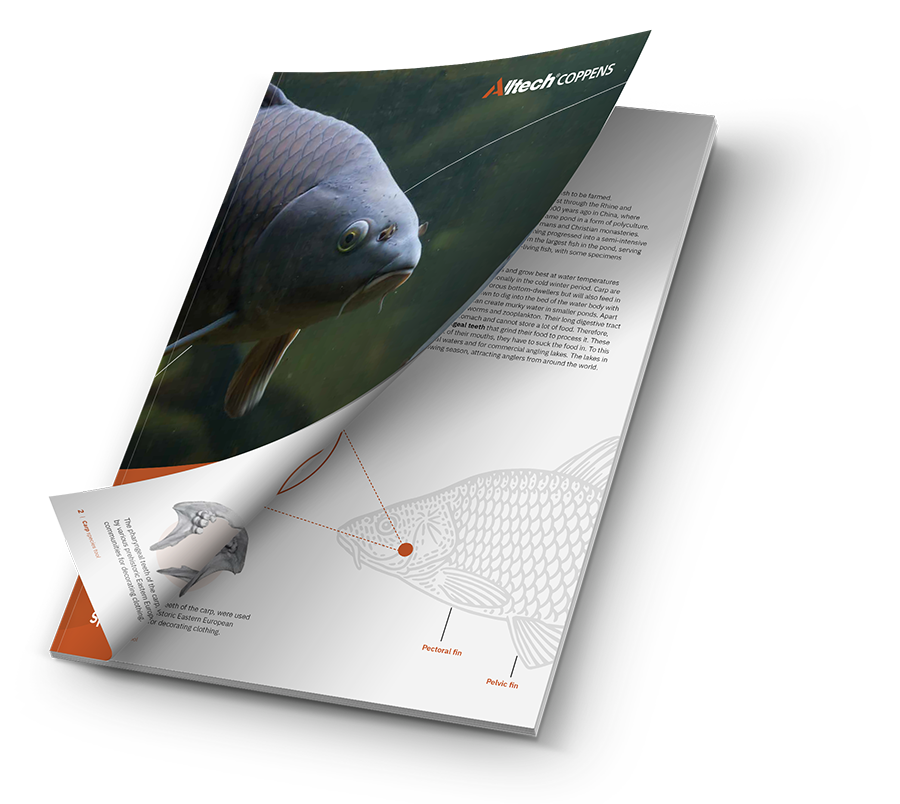




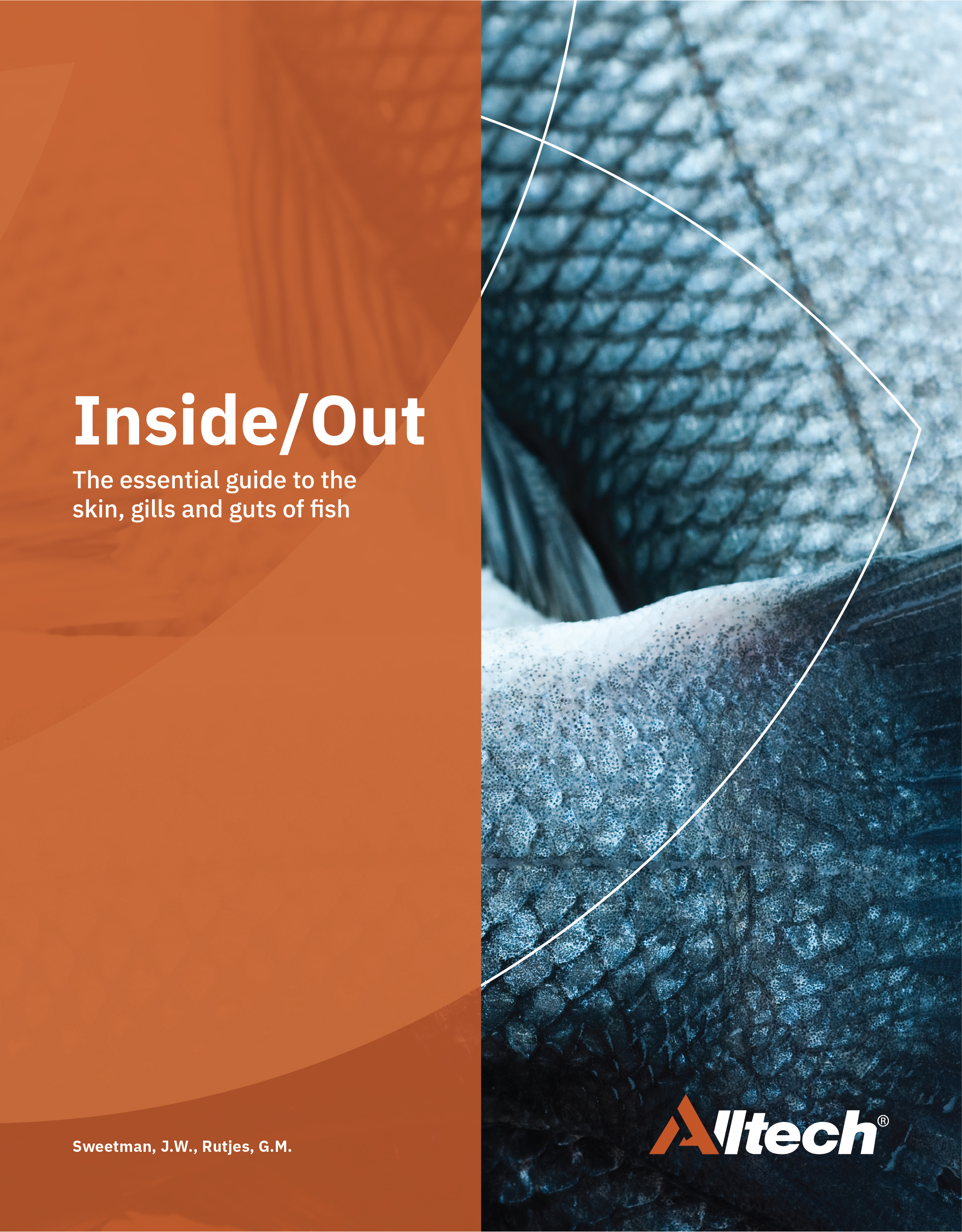
“Inside Out: The Essential Guide to the Skin, Gills, and Guts of Fish” provides an understanding of the causes of the common challenges among aquaculture species and a comprehensive approach to farm management. This useful reference guide can be used by you and your team to promote the development of mitigation strategies to reach optimal productivity.
Once you download a copy of the species tool we will keep you updated when the printed copy of “Inside Out: A Complete Guide to the Skin, Gills and Guts of Fish” is available.
-2.jpg)
he gut serves many functions that help ensure optimal animal performance, health and immunity. A healthy digestive system is possibly the most vital function of the gut, as the digestive tract facilitates the important process of nutrient breakdown and absorption. Read more
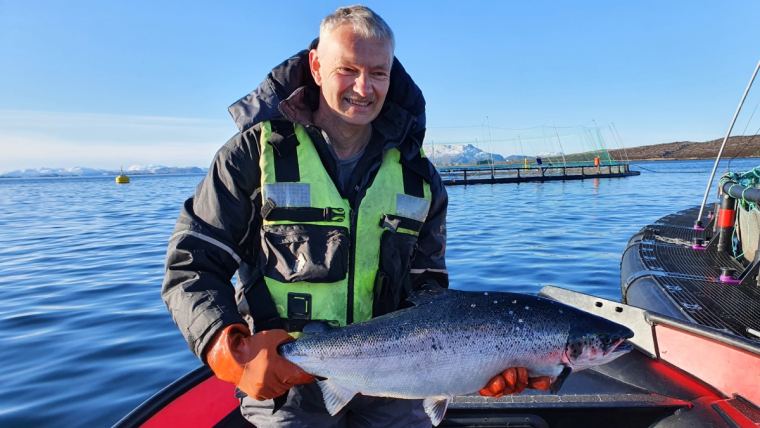
The age-old debate of wild versus farm-raised fish is never far from the headlines, and the development of intensive animal management systems has raised consumer awareness and concern about the welfare of farmed animals, including in aquaculture. Read more
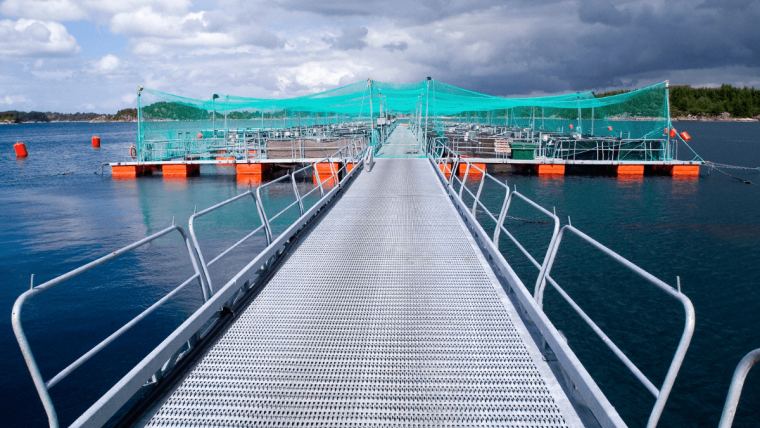
Global aquaculture has come a long way since people first began fish farming. Over the years, improvements in management systems and aquaculture feed mean that we can now produce more food than ever before. Read more
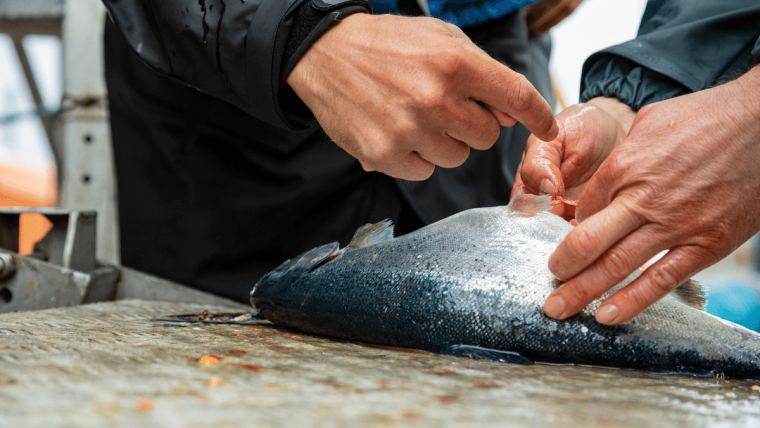
The unpredictable nature of the current environment — including the increasing prices of raw materials for aquaculture, the reduced availability of animal-based proteins, using fish meal for fish feed, disease risks and health pandemics — is an ongoing concern, and the industry will be impacted by all of these issues for years to come. Read more
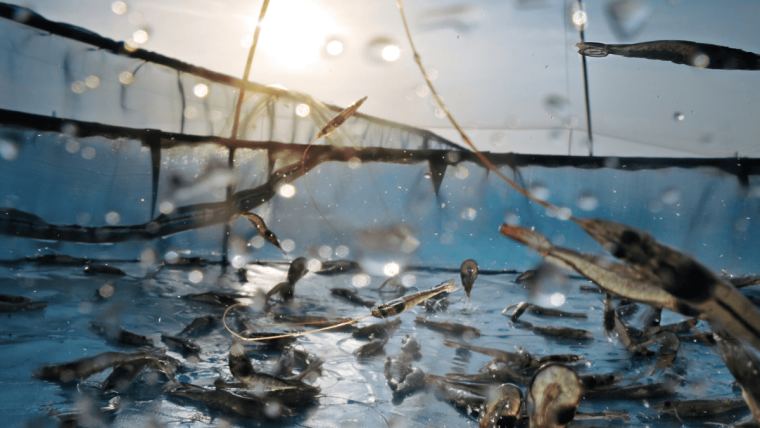
Getting the right start on-farm is key to optimal fish performance throughout their lifecycle. Each species of fish or shrimp requires a nutritionally balanced aquaculture feed that is tailored for each specific stage in their development. Read more
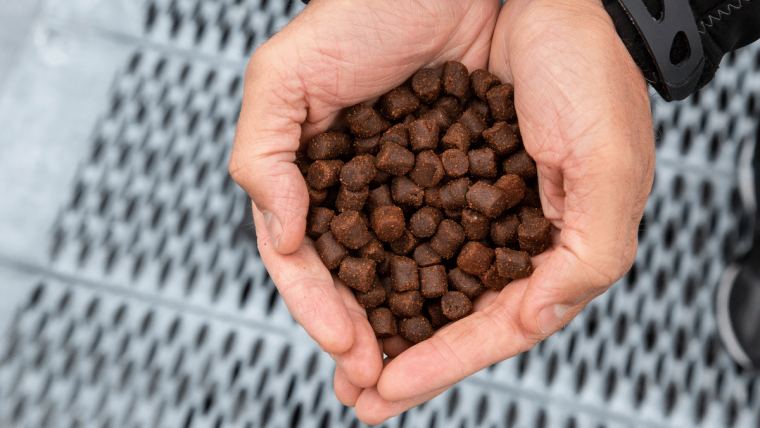
Over the last three decades, aquaculture has become the world’s fastest-growing food sector. During this time, farmers have faced a number of unique challenges but have adopted new technologies to address them. Read more

Each farm is unique, so management should be specific to the herd, the system and the farm business. Heat stress management requires forward and flexible planning, especially when developing a year-round approach.
By focusing on Signs, Housing & Management and Feed & Nutrition, you can successfully and efficiently maintain the health of your pigs at all times of the year. As part of a holistic heat stress strategy, addressing these areas will alleviate issues in the standout pig farming risk areas:
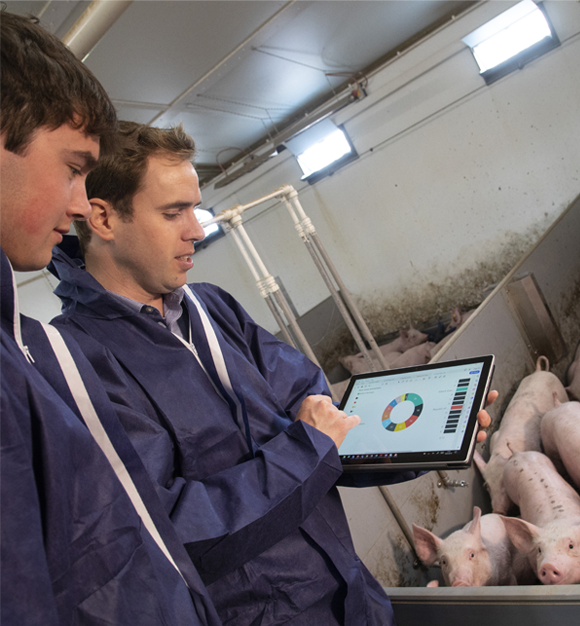
Copyright
Resources
More About Alltech